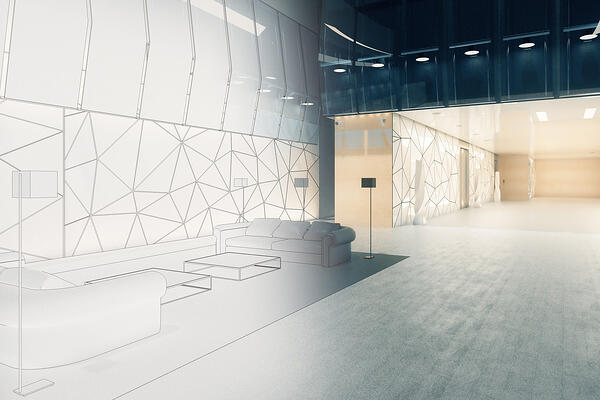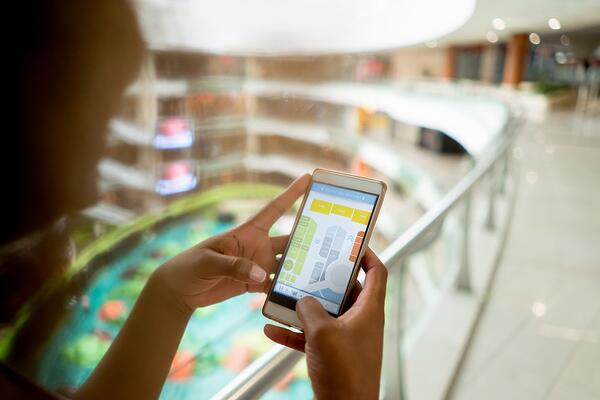When most people think about getting directions on their mobile phone, their thoughts tend to go directly to cars. After all, smartphones (and before that, mobile GPS systems) have almost entirely eliminated physical maps as the go-to tool for finding your way through the roads to your destination.
But, as you probably already know, driving is not the only way to get lost. As internal and customer-facing facilities grow and become more complex, wayfinding is becoming just as important indoors as it is on the roads of the world. That’s why businesses are becoming increasingly aware of and reliant on virtual maps for their interior spaces.
The (R)evolution of Indoor Mapping
Make no mistake: on its surface, indoor mapping is as old as the blueprint. But that doesn’t mean it hasn’t evolved since then. Drastic leaps in technology have enabled immersive experience that help users not just find their way, but accomplish their tasks more efficiently and effectively.
An increasing number of businesses and public spaces are beginning to take advantage of that technology. In fact, one recent forecast estimated that the global indoor location market would grow from just over $5 billion in 2016 to almost $41 billion by 2022–an astounding 42% compound annual growth rate.
Part of that growth is through necessity. Put simply, increased technological opportunities require increased investments from companies for which indoor mapping has always been a concern. At the same time, the fact that these opportunities are there to begin with is an important point, and once worth considering more deeply. After all, virtual maps are not just for driving directions anymore. Their potential is beginning to reach far deeper.
The Basic Need for Indoor Wayfinding

With the wayfinding advantages of indoor maps established, it’s time to look at some of the additional benefits that virtual mapping platforms can bring with them. Chief among them is the ability to visualize interior space in a way that can establish and enhance long-term planning opportunities for any organization.
Especially through data integrations, organizations can find out the ways in which their employees work and interact. They can find the points that frequently lead to bottle necks, and even the areas in which audiences unfamiliar with the space most often get lost. That, in turn, allows for solutions that minimize waste and maximize both productivity and satisfaction.
It doesn’t end there. Through virtual maps, companies and public organizers can significantly enhance the security capabilities of their buildings. They can, for example, make sure that basic security features are in place across floors and buildings. And of course, layers on the maps can show emergency exits and escape route in the event of an unplanned event or catastrophe.
Indoor Mapping: The Next Generation of Virtual Maps
Combine the above points, and one thing is clear: the time when virtual maps were used for driving directions only is a long time gone. Today, their use cases have multiplied and only become more effective in the process.
That expansion of use and utility is especially evident in discovering the many ways in which modern organizations leverage indoor mapping. Through the right strategy, they are able to take care and meet the expectations of interior and exterior audiences. Wayfinding, real-time data, and space visualization are all integrated in a comprehensive plan to enhance and optimize audience satisfaction.
That’s why we’re looking at indoor mapping as the next generation of virtual maps. And, given recent market forecasts, that potential is only beginning. Monitoring this interior use of an already-existing technology is bound to uncover new and innovative ways in which organizations are leveraging these opportunities for greater long-term success. Concept3D can help your company create the map that will make a difference today!

